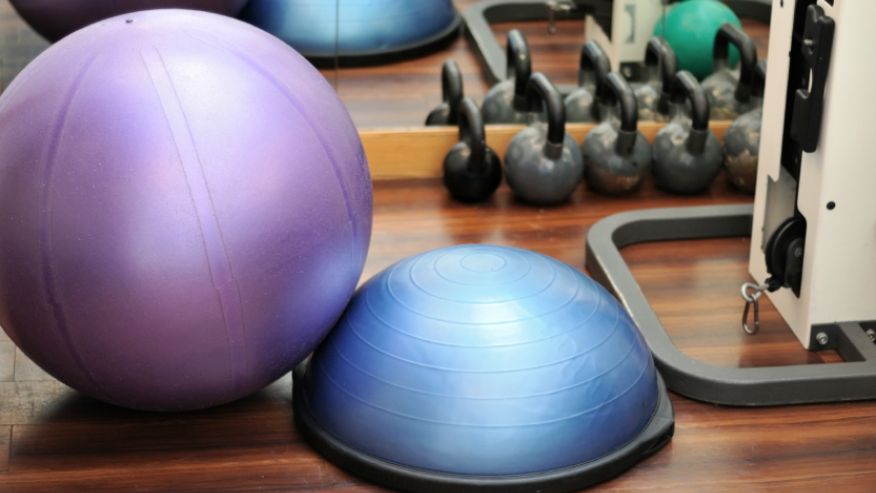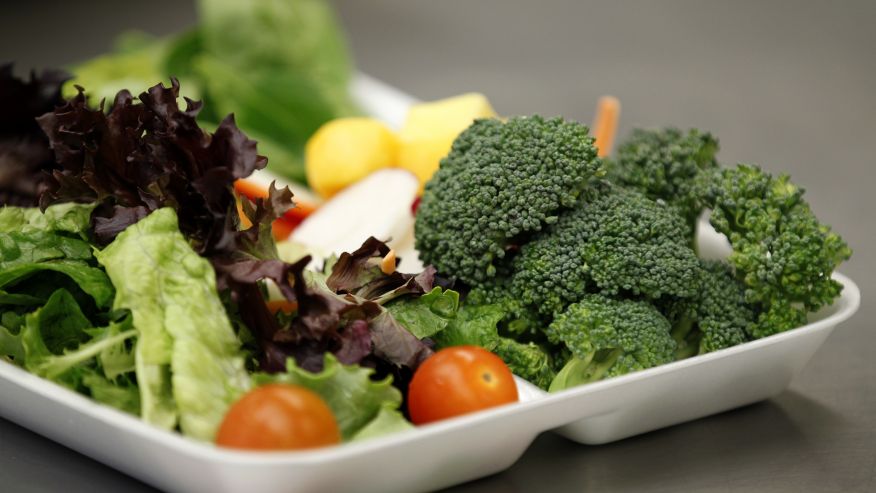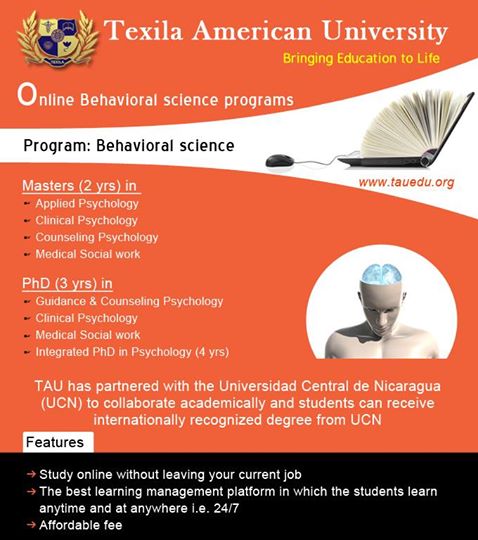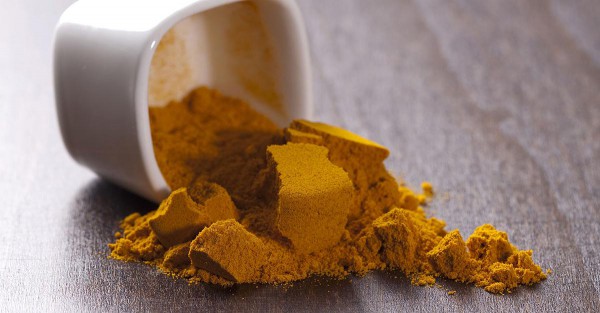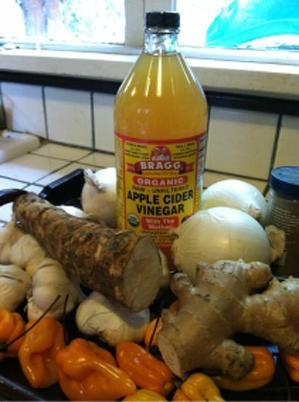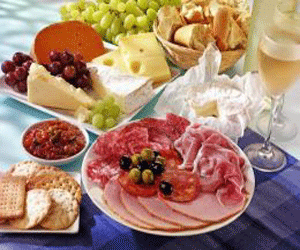
Healthy pantry staples
Cooking healthy meals and choosing smart snacks is easy when you keep your pantry stocked with these healthy staples.
A well-stocked kitchen allows you to throw together a fast, flavorful meal after a long day. And, when you wake up and have to dash out the door for work, it pays to have grab-and-go breakfast and snack options on hand. We tapped registered dietitians, personal chefs, and bloggers for their must-have foods to always keep in their kitchens. (And yes, they’re all good for you, too.) Some you probably already have, while others you’ll want to add to your list.
Extra-virgin olive oil
Why? No surprise here—olive oil is one of the reasons why the Mediterranean diet is considered one of the healthiest in the world.
How to use it: Los Angeles-based personal chef Hallie Norvet recommends buying cold-pressed olive oil for the best flavor. Cook with it, but also drizzle over finished dishes, like grilled fish, pasta, and vegetables sides. (Just be sure not to go overboard. Even though it is good fat, one tablespoon still packs 120 calories.)
Nonfat Greek yogurt
Why? Greek yogurt is packed with 18 grams of protein per 6-ounce serving. Though it’s creamy and seems indulgent, it contains just 100 calories per serving.

How to use it: Greek yogurt makes a great low-cal and low-fat substitute in recipes for mayo and sour cream, says Melissa Wieczorek, co-owner and chef of A la Maison Personal Chef Service in Newtown, Penn.
Canned olives
Why? They have a long shelf life, they can be thrown into a variety of dishes, and they have heart-healthy monounsaturated fats. Go for all-natural without added sodium.

How to use them: Throw them on top of salads, stir them into pastas, or try snacking on them. You can eat 10 for about 50 calories. “They’re perfect when you’re craving something salty, but it’s more satisfying than a fluffy cracker in your belly,” says dietitian Jenna Braddock, RD.
Honey
Why? It’ll last in your cupboard for years. And in addition to being a versatile sweetener, honey can serve as a hangover helper, cough soother, and more.

How to use it: Sweeten homemade marinades and salad dressings. Braddock also likes to incorporate it into whole-grain baking. “Whole wheat flour can be denser, but adding honey in place of regular sugar keeps things tender and moist.” In recipes that call for sugar, swap in an equal amount of honey and reduce baking temperature by 25 degrees.
Beans
Why? Not only inexpensive, they’re also a great source of protein and fiber. (One cup of chickpeas, for example, contains a whopping 15 grams of protein and 12 grams of fiber.)

How to use them: Keep beans of all kinds in your kitchen. Gina Homolka of Skinnytaste favors chickpeas, black beans, and white northern, but what you stock in your pantry is up to you. Keep canned around for salsas and salads; dried to make larger servings that will last the week.
Quinoa
Why? For one cup of cooked quinoa, you get 8 grams of protein and 5 grams of fiber for just 222 calories. Plus, the hearty whole grain is a good source of energizing iron and B vitamins. Chef and registered dietitian Allison Stevens also likes it because it’s one of the speediest grains to cook; it’s ready in 15 minutes.

How to use it: Combine cooked quinoa with shredded chicken, chopped veggies, and toss with olive oil, lemon juice, salt and pepper. Or, eat quinoa hot as a substitute for oatmeal. Stir in almond milk, dried fruit, nuts, and drizzle with honey.
Eggs
Why? One egg contains six grams of belly-filling protein for only 70 calories. One study found that overweight women who ate egg breakfasts lost twice as much weight as women who started their days with bagels.

How to use them: Hard boil a bunch at the beginning of the week for an on-the-go breakfast or snack with a piece of cheese and fruit, says Wieczorek. Or, throw a fried egg on top of a rice-and-veggie bowl or a salad for an extra dose of protein. You could also try one of these high-protein breakfast recipes that feature eggs.
Sea salt
Why? Although the CDC recommends limiting your salt intake, excess sodium is often a problem in prepared and processed foods, not the foods you cook yourself. Adding a sprinkle of salt to the foods you cook in your kitchen helps flavors pop.

How to use it: Use just like you would regular salt. Norvet loves sea salt, which contains a higher mineral content than regular table salt.
Tomato paste
Why? “Tomato paste adds a great umami flavor, or a richness to food that you’re trying to keep low in calories and fat,” says Braddock. Even better: tomatoes, particularly tomato paste, are bursting with cancer-fighting lycopene.

How to use it: Buy it in a can or in a squeeze tube and use it to add an extra layer of flavor to curries and stir-fries.
Bananas
Why? They’re economical, available all year, and supply a nice sweetness to foods like smoothies and plain yogurt without adding sugar, says Braddock.

How to use them: For a quick snack, smear a banana nut butter or top on whole grain toast. Banana turning brown? Freeze it and whirl in your food processor until smooth for banana “ice cream.”
Fresh herbs
Why? Packed with a surprising number of antioxidants in their little leaves, they add a wonderful flavor to any dish. Herbs also give new life when used on leftovers or make already-prepared foods taste homemade.

How to use them: Keep a variety around, says Wieczorek. Cilantro for Thai or Southwestern dishes; basil for Italian, rosemary for marinades or on roast chicken. (Try these recipes for fresh herbs To make sure they stay fresh, store in in the crisper drawer of your refrigerator (not wrapped in plastic) or stuff the sprigs in a glass of water like a vase. (It’s pretty, too!)
Chocolate
Why? Dark chocolate provides powerful disease-fighting polyphenols and has even been associated with weight loss.

How to use it: “I always keep dark chocolate on hand, and not just for chocolate cravings,” says Wieczorek. You can also use it as a surprise ingredient in sauces. For example, throw one square into a braising sauce for meat to elevate the flavor. Try these 27 healthy chocolate recipes.
Garlic
Why? “Garlic allows you to add flavor to your dishes quickly and easily without unhealthy fats or processed ingredients,” Norvet says. 
How to use it: Norvet buys the already peeled variety for fast chopping to add to soups, stews, sautés, stir-frys, and marinades.
Frozen shrimp
Why? Four large shrimp are only 30 calories and contain virtually no fat. Shrimp also offer up a hefty dose of protein.

How to use them: Buy them peeled and deveined so they can be easily defrosted and incorporated into last-minute weeknight meals. Norvet loves them because of their versatility. She whips them up into shrimp scampi, shrimp tacos, shrimp salad, and bakes and grills them.
Mustard
Why? The condiment is packed with the immune-boosting mineral selenium and turmeric, a spice (that gives it its yellow pigment) with cancer-fighting properties.

How to use it: Keep a couple different varieties in your refrigerator, says Norvet. That includes Dijon for salad dressings, sauces, marinades, and in a coating for breading chicken and pork. Grain mustard is another favorite as a spread on sandwiches.
Flavored vinegar
Why? This specialty ingredient is actually really versatile, says Braddock, and it’s heart healthy: “Vinegar helps open up your blood vessels to improve blood flow,” she says.

How to use it: Flavors like blackberry or strawberry balsamic can be drizzled to brighten the flavor of salads for few calories (one teaspoon contains about five).
Oatmeal
Why? Known for helping to lower cholesterol numbers, research suggests oats may also help you control your appetite.

How to use it: A bowl of oatmeal is a stick-to-your-ribs, wont-be-full-until-lunch way to start your mornings. Homolka also makes oatmeal smoothies: cook the oatmeal in water with cinnamon sticks, let cool and then blend with milk, ice, and a little raw sugar.
Herbs de Provence
Why? This easy-to-find dried herb blend features thyme, rosemary, basil, parsley, oregano, tarragon, marjoram, and lavender that adds a nice herbaceous seasoning for any dish, which is why this is one ingredient Stevens always keeps on hand.

How to use it: Sprinkle on chicken, potatoes, grilled veggies. Also makes a great seasoning for eggs, combined with panko as a crust for fish, or on pizza.
Broth
Why? You can keep a carton in your pantry for a long time until you’re ready to use it. It’s low in calories (one cup contains 38) with 5 grams of protein.
How to use it: Whether chicken, beef or veggie, Stevens relies on these to make soups, stews, and chilies. It also makes a great substitute for oil when sautéing vegetables. Store leftover broth in ice cube trays in the freezer for quick access. When buying broth, Stevens recommends reading the ingredients list and avoiding those that contain added sugar and caramel coloring. Buy low-sodium whenever possible.
Ground chicken and turkey
Why? Buying lean ground turkey or chicken breast saves on saturated fat compared to ground beef.
How to use it: Stash in your freezer and thaw when ready to eat, recommends Wieczorek. It’s one meat that cooks in a zip and can be used in stir-fries, meat sauces, tacos, enchiladas, stuffed peppers, or rice bowls.



